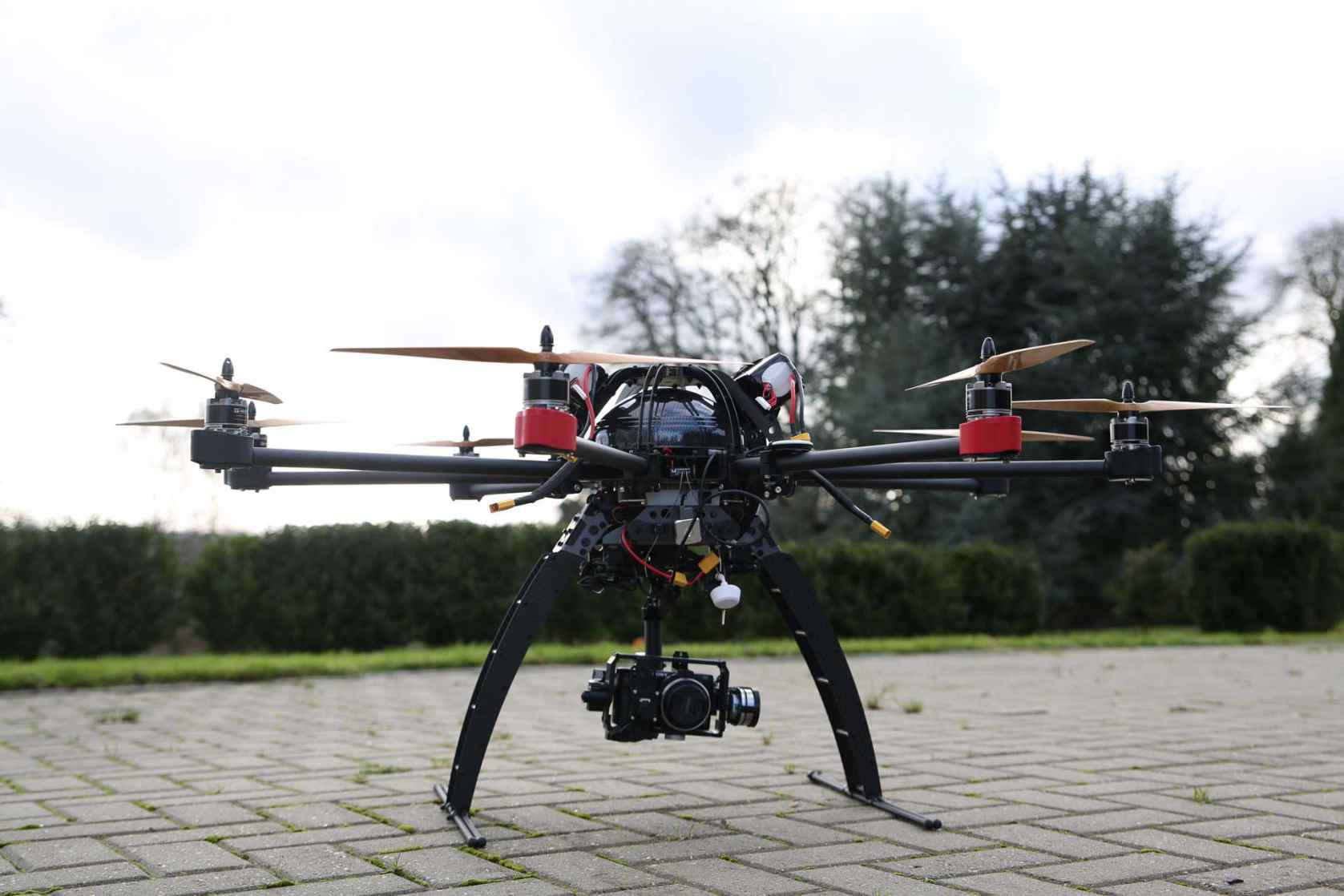High Precision: The Game-Changing Impact of Drone Surveying in Construction
In new years, the development business has witnessed some sort of seismic shift with the introduction involving drone surveying. These unmanned aerial vehicles have quickly turn into indispensable tools, changing the way industry pros approach planning, advancement, and project administration. Gone are the days of depending solely on traditional surveying methods that could be labor intensive and labor-intensive. Have real profit capture high-resolution photos and create comprehensive 3D maps, drones are revolutionizing just how we visualize, evaluate, and execute building projects.

The benefits involving using drones regarding surveying are a lot more, plus they extend even beyond mere convenience. From increasing accuracy and reliability and efficiency in order to reducing costs, drone technology offers the comprehensive overview of job sites that has been formerly unattainable. Even as delve deeper into this topic, we will explore the various applying drone surveying, typically the technology that capabilities these devices, in addition to the future surroundings of the design industry shaped with this innovation. Whether you are a seasoned specialized or a newbie to the line of business, understanding how drone surveying can enhance your operations is important within this rapidly evolving environment.
Benefits and Applying Drone Surveying
Drone surveying is revolutionizing the construction industry by providing unprecedented benefits of which enhance project effectiveness and accuracy. One of the main advantages is typically the ability to record high-resolution aerial symbolism and detailed topographical data quickly. Unlike traditional surveying methods that may acquire days or in fact weeks to accomplish, drones can gather extensive site information found in a matter of hours. This expedited data collection not necessarily only saves period but also enables for timely decision-making, leading to enhanced project timelines in addition to reduced costs.
In inclusion to speed, drones provide a level of finely-detailed that elevates the particular quality of construction planning. link of advanced detectors and imaging technology enables construction experts to create 3D models and in depth maps that precisely reflect the ground. This precision is critical for identifying potential issues before that they escalate into high priced delays. Moreover, the use of drones enhances data analysis capabilities, permitting teams to produce informed choices relating to resource allocation and even project management.
The programs of drone surveying extend beyond construction projects, which is why they are concidered essential tools in various industries. In agriculture, with regard to instance, drones are used for crop checking and land examination, enabling farmers to manage their resources better. Similarly, in ecological monitoring, drones help in gathering data intended for ecological studies in addition to land use arranging. The versatility involving drone technology helps to ensure that it remains a fundamental contributor to improving accuracy, efficiency, and even decision-making across a number of sectors.
Comparing Drone Surveying to Traditional Approaches
Drone surveying represents a substantial shift from conventional methods, which usually involve extensive labour and time-consuming steps. Traditional surveying typically requires field crews built with total stations, levels, and some other equipment to personally gather data details. This method can be labor-intensive, especially regarding large or complex sites. In contrast, drone surveying enables for rapid files collection from typically the air, covering great areas in a fraction of the particular time it would likely take traditional surveyors. With advanced Drone Surveying Cheltenham , drones can capture detailed imagery and data quickly, improving performance and project timelines.
An additional key difference is in the precision and quality with the data collected. Traditional surveying has very long been praised intended for its precision; on the other hand, drone technology provides advanced to some sort of point where it can equal or exceed that finely-detailed. With high-resolution digital cameras and LIDAR devices, drones can produce georeferenced maps and 3 DIMENSIONAL models with amazing accuracy. This ability is particularly helpful in challenging rink where traditional strategies may struggle. The mixing of software regarding data analysis further improves the reliability regarding drone surveys, supplying stakeholders with exact insights for decision-making.
Furthermore, the cost-effectiveness involving drone surveying might be a game-changer for the structure industry. While the initial investment found in drone technology and training may be higher, the overall savings in labor, period, and resources can be substantial. Traditional surveying often incurs better costs due to longer fieldwork and the requirement of even more personnel. Drones improve the process, allowing teams to designate resources more efficiently and focus on the subject of other critical features of the task. As companies look for ways to boost their operations, the shift to drone surveying becomes not necessarily just a technical upgrade but an organized advantage.
Preparing for Productive Drone Surveys
Preparing for a drone survey involves careful organizing and site evaluation to ensure typically the process runs efficiently. Before deploying any drones, it will be crucial to determine the specific objectives associated with the survey, like the desired results such as atlases, 3D models, or data sets. Understanding the project specifications will slowly move the assortment of the appropriate drone technology in addition to equipment needed with regard to the job.
Next, internet site preparation plays the role in the effectiveness of drone surveys. This involves conducting a comprehensive web-site inspection to identify virtually any obstacles or restricted airspace areas. Clearing the survey internet site of physical obstructions and notifying relevant authorities may help lessen potential disruptions. Furthermore, establishing an airline flight plan that considers the drone's detailed limits and battery pack life can improve the efficiency of the particular survey, ensuring comprehensive coverage of the area.
Lastly, successful drone surveys require coaching and coordination amongst the team people involved. Ensuring that the operators will be well-trained in the drone flying and information collection methods is definitely vital for precision and safety. Moreover, engaging with stakeholders and establishing clear communication protocols may facilitate smooth businesses, allowing for quick adjustments as needed during the survey process. This thorough preparation not just maximizes the achievement of the survey but also leads to to the general top quality of the data collected.